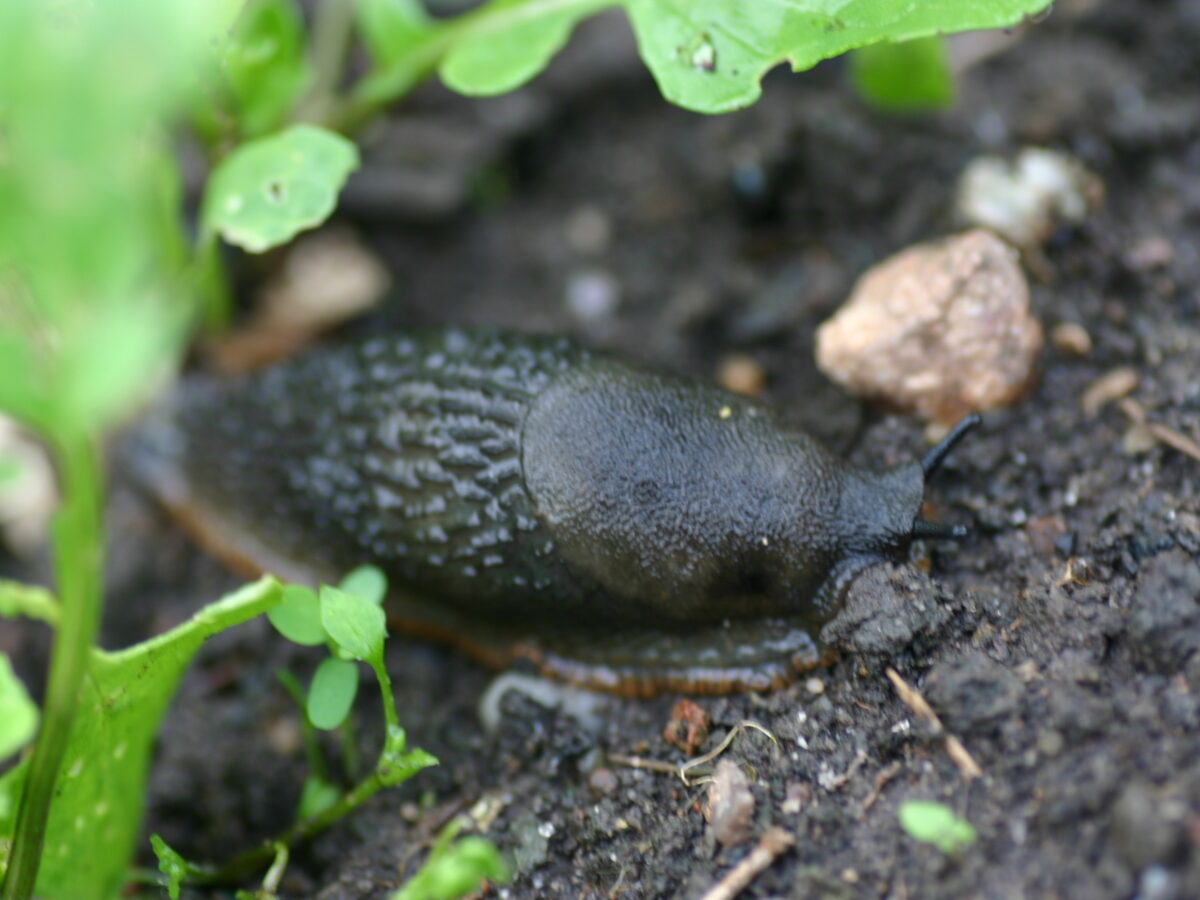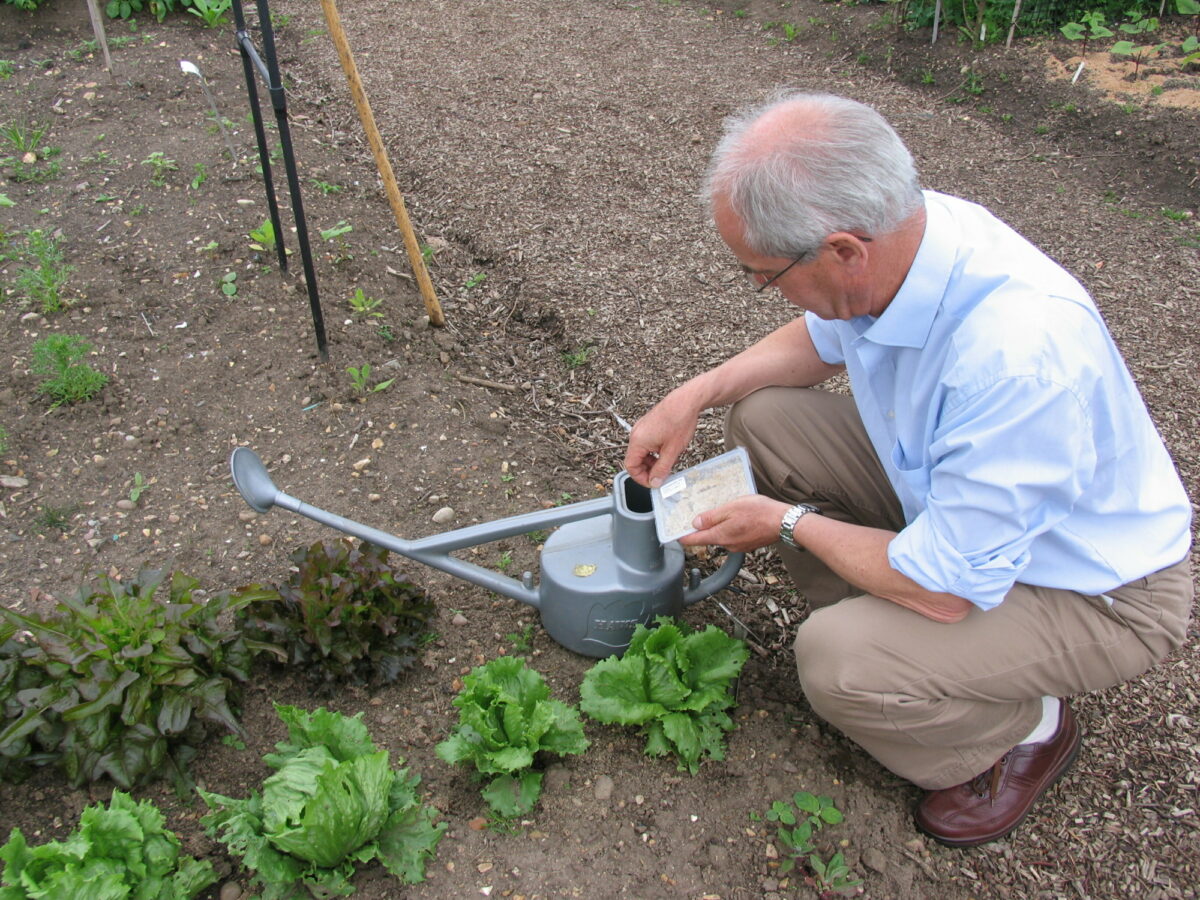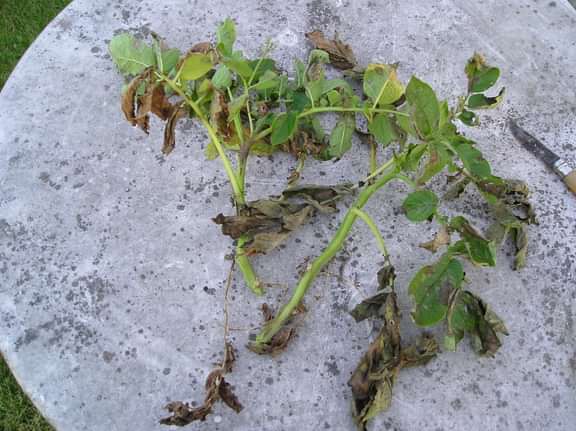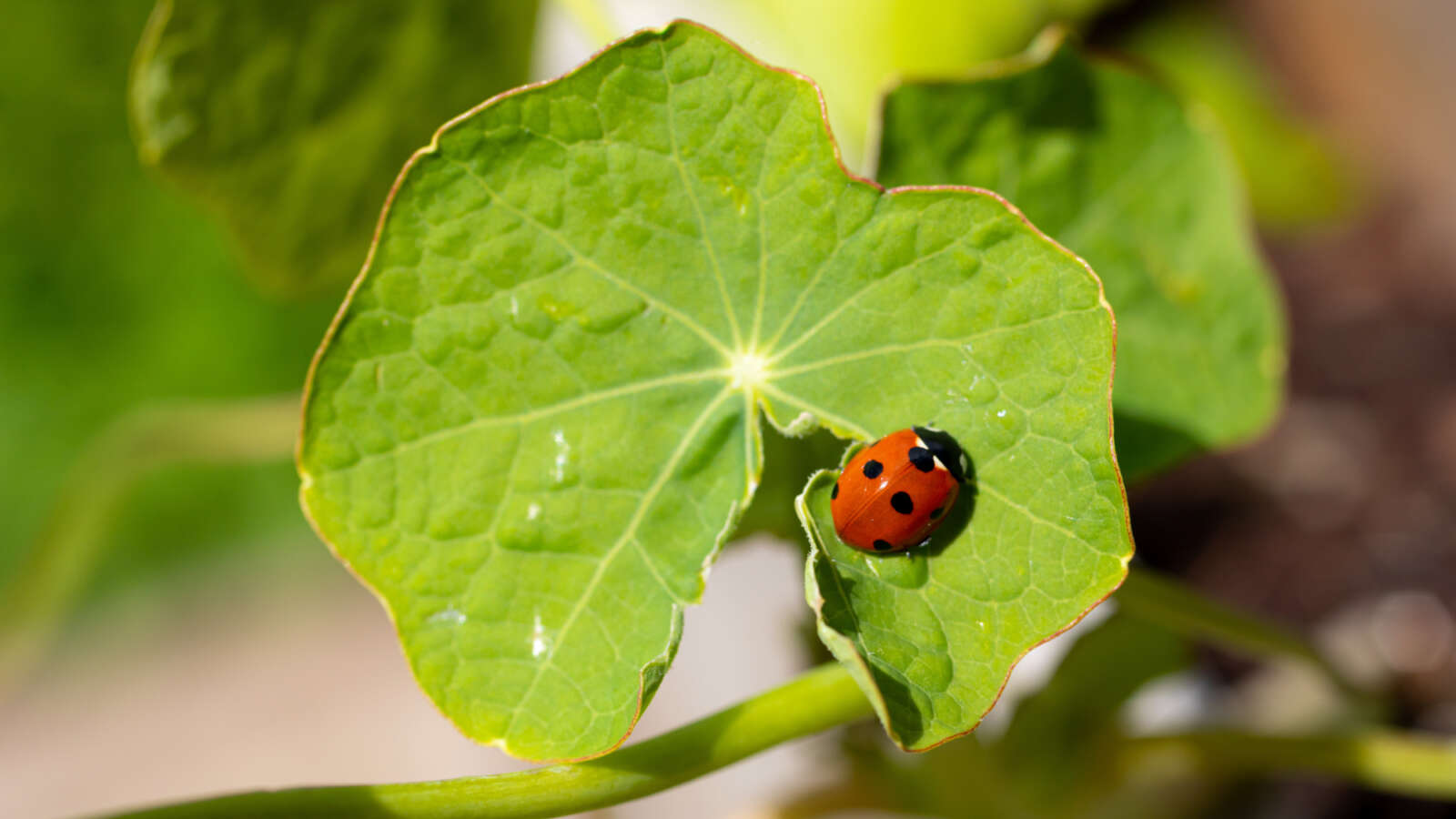
Pests and diseases
Preventing pests and diseases
Organic growing works on the principle of prevention, rather than cure. Here's how...
-
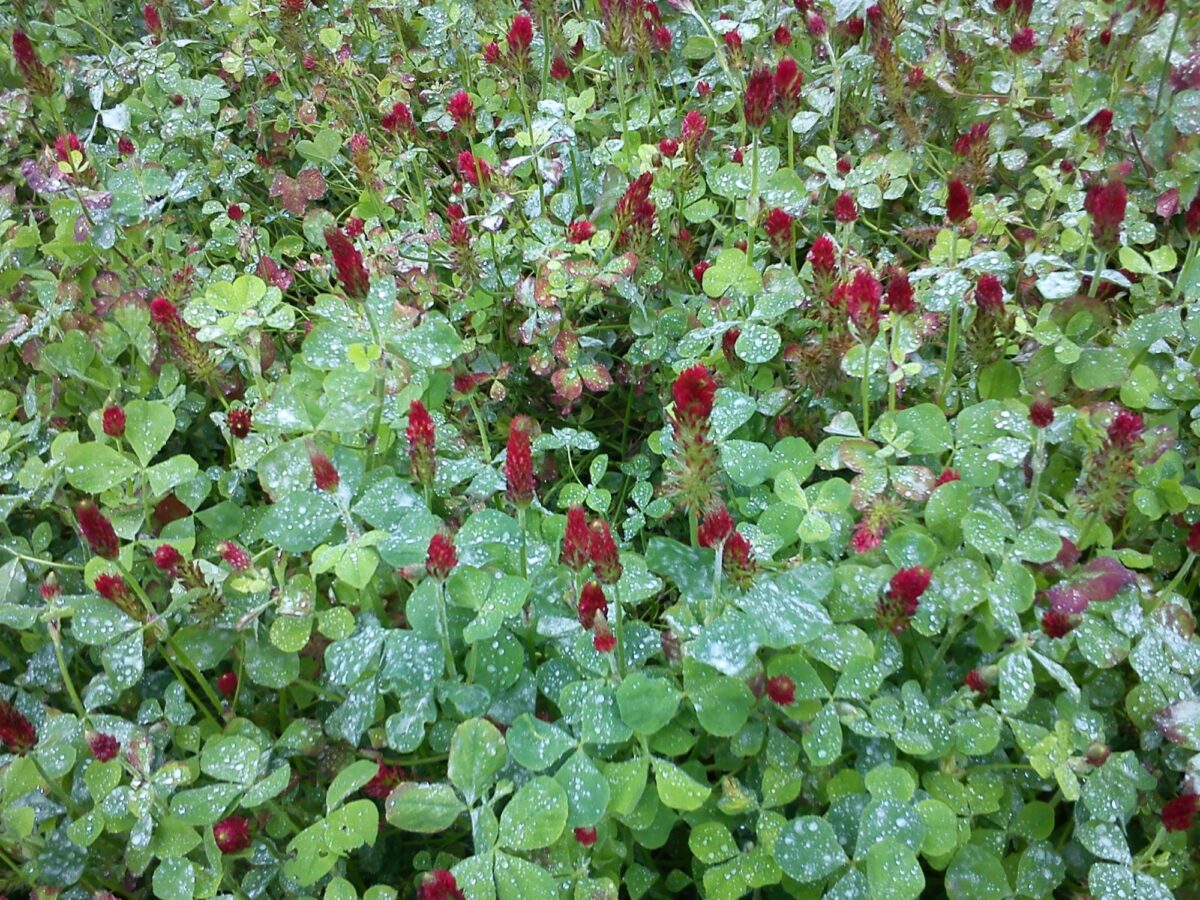
Managing your soil
Good organic soil management is vital if plants are to grow well. It's perhaps the most important part of growing organically.
-

Planning your planting
For successful organic growing it's essential to plan what you want to grow and where - and rotate this each year to keep your plot healthy.
-
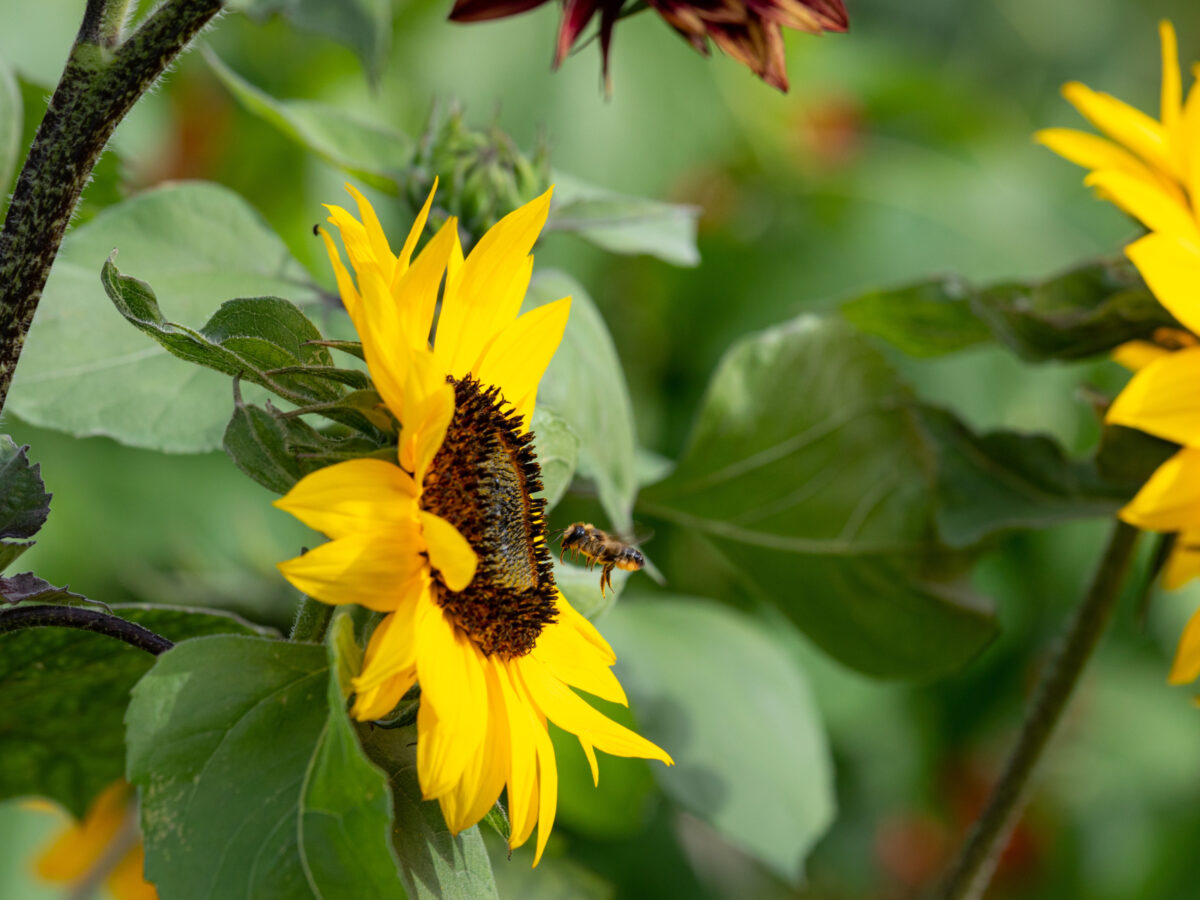
Flowers to attract beneficial insects
Flowering plants play a vital role in the organic garden for the creatures they attract, many of which play an important role in pest control or pollination.
-

Making barriers
When you find you need to take further steps to discourage pests, swap the toxic sprays for barriers - here's a guide to some we like to use.
Pests and diseases this month
If your leeks, onions or other alliums were attacked by leek moth or allium leaf miner, dig over the plots so the birds can feed on any over-wintering pests in the soil.
Your organic garden in December
All is calm, all is quiet in the December garden. This is a lovely time of year to wrap up warm and take a tour of your garden to write down what was successful this year and what you could change.
Also this month
Organic controls for common pests and diseases
-
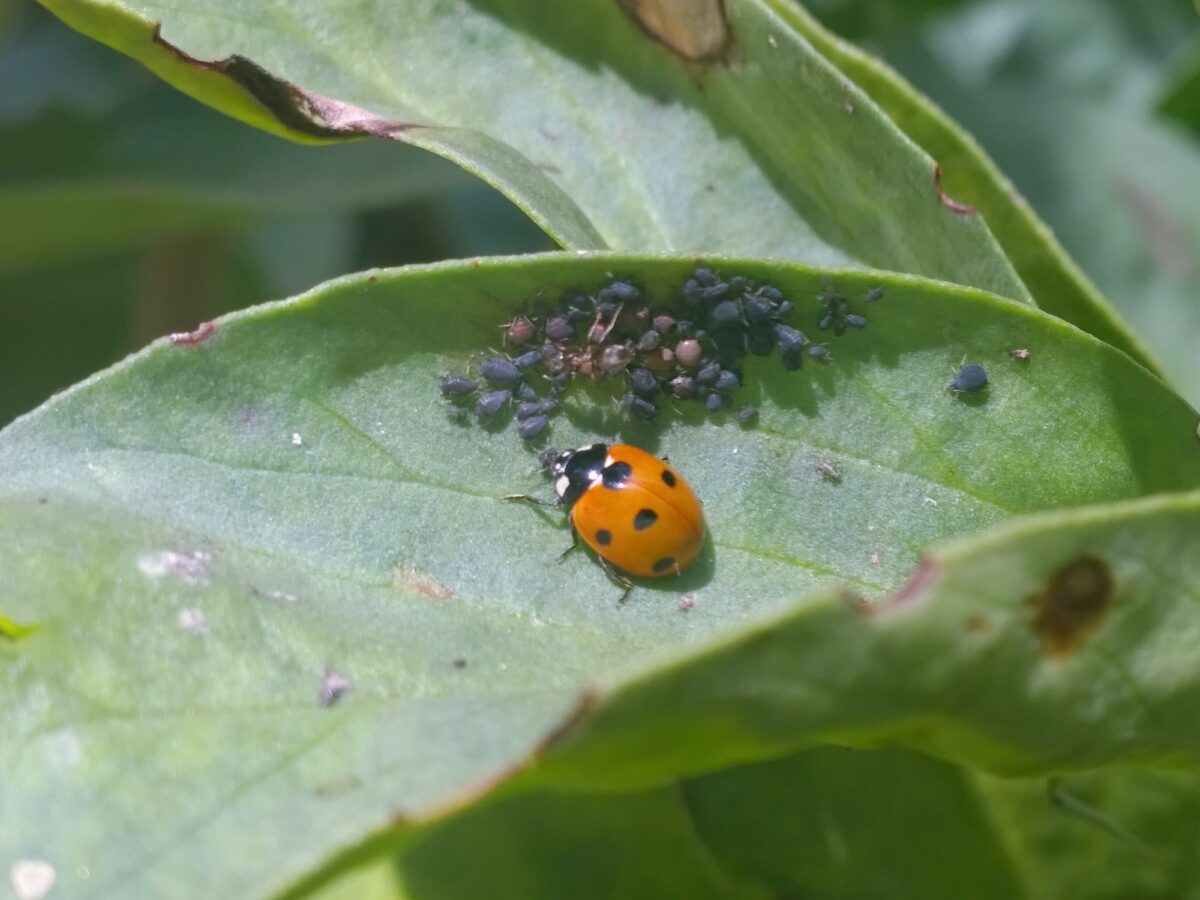
A complete guide to: organic pest control for fruit and vegetables
From allium leaf miner to wireworm, there are many pests that can affect growers, but there are ways to treat and prevent them using organic methods.
-
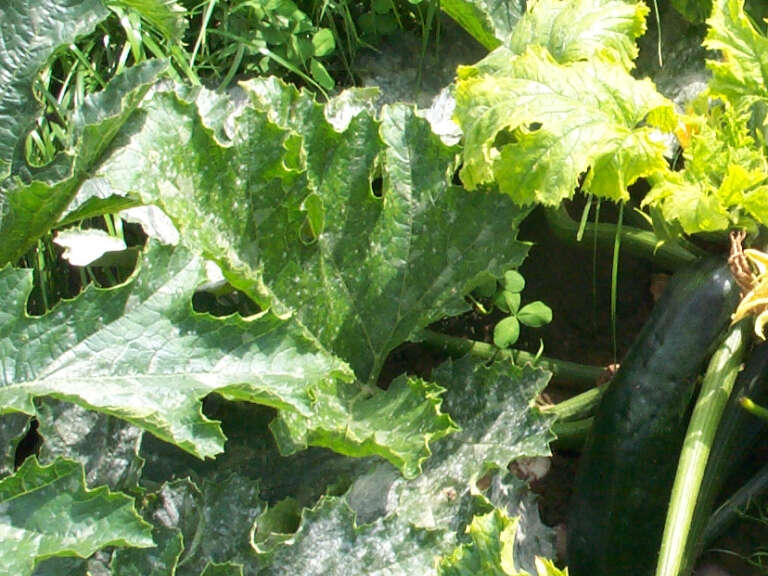
Organic disease control for fruit and vegetables
Diseases can impact the growth and health of your fruit and vegetables but there are ways to combat them without damaging your plants or the environment.
Fact sheets - Pests and diseases
Our member factsheets contain in-depth information and guidance on a range of topics. Log in or join us to access them.
-
Pests and diseases
Pollen beetle
Take a look at our member fact sheet for detailed information about pollen beetle.
-
Pests and diseases
Onion white rot
Tackle the destructive effects of onion white rot with our handy member fact sheet.
-
Pests and diseases
Woolly Aphid
Find out how to prevent Woolly Aphid in your organic garden with our handy member fact sheet.
-
Pests and diseases
New Zealand flatworm
Find out more about New Zealand flatworm, and how to prevent and control it with our member factsheet.
Frequently asked questions
-
Scale is a common pest on any citrus plant. Small infestations can sometimes be wiped off, but the size of your plant would make this time-consuming and difficult. Try spraying the leaves and stems with a suitable organically acceptable product - available from the Organic Gardening Catalogue.
The biological control to use against scale is a parasitic wasp, but it is very hard to find a supplier. The wasp, Metaphycus helvolus, requires lots of sun in which to bask, and our summers have not been very sunny in recent years. Optimum temperature 20-30°C. This makes breeding less easy.
Sprays approved for use in the organic garden can be harmful to useful insects, so only use them as a last resort. Spray flowering crops at dusk when bees are not active. Read the label before you buy. Use pesticides carefully
-
Carrot fly larvae tunnel through the storage root while underground. They can often reduce the carrot to a sorry mess, quite unsuitable for the kitchen. However, you can often salvage something to eat by cutting away the damaged areas.
The best protection from this pest is to cover where the seed has been sown with horticultural fleece or a fine mesh netting immediately after sowing. Try a carrot variety that has some resistance to this pest, like Resistafly and Flyaway.
-
No, they don't, but it sounds like aphid damage. Aphids suck the sap from young leaves, and the results are twisted, distorted foliage, looking very much like peach leaf curl. The fruit should not be harmed, and all you can do is to make sure that your garden has plenty of predators present to consume the greenfly.
-
Potato tubers that are blight infected may contain higher levels of alkaloids than healthy tubers. The standard advice is that pregnant women should avoid eating them. However, tubers from plants where just the leaves have been blighted are not necessarily themselves infected.
-
From your description of the problem with your courgettes, it does sound as though Cucumber Mosaic Virus (CMV) is the culprit. The source of infection may not be as easy to track down as CMV, despite its name, is able to infect many different species of plant, not just vegetables and not limited to the Cucurbit family. Many ornamental and herbaceous plants can have the disease without showing the severe symptoms that you find on your courgette plants. CMV has been detected in more than 700 plant species in 86 families.
Some examples below:
Vegetables: Cucumbers and courgettes, tomatoes, peppers, spinach, celery and carrots
Flowers: Gladioli, lilies, alstroemeria, begonia, carnation, crocus, cyclamen, dahlia, freesia, hyacinth, hydrangea, impatiens, narcissus, nerine, orchids, pelargonium, phlox, tulip and zantadeschia
Weeds: Stellaria media (chickweed), Senecio vulgaris (groundsel)
CMV is spread by sap feeding insects, aphids being the most common vector. Unfortunately, resistant varieties are not always foolproof and it may be necessary to take other precautions. Controlling aphids in the garden is one way that you can reduce the likelihood of infection getting to your plants. Grow flowers amongst your vegetables that will attract aphid predators such as ladybirds and hover flies.
Another way to prevent virus infection may actually be to isolate the courgette plants in a netted area to prevent aphids from feeding. Use a fine meshed netting, such as the enviromesh available from The Organic Gardening Catalogue. Use this when you plant out the young plants in early summer.
